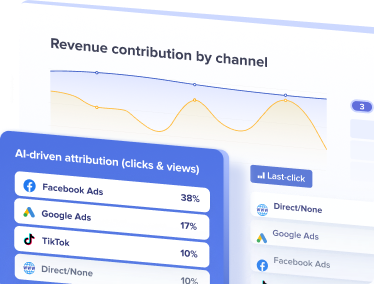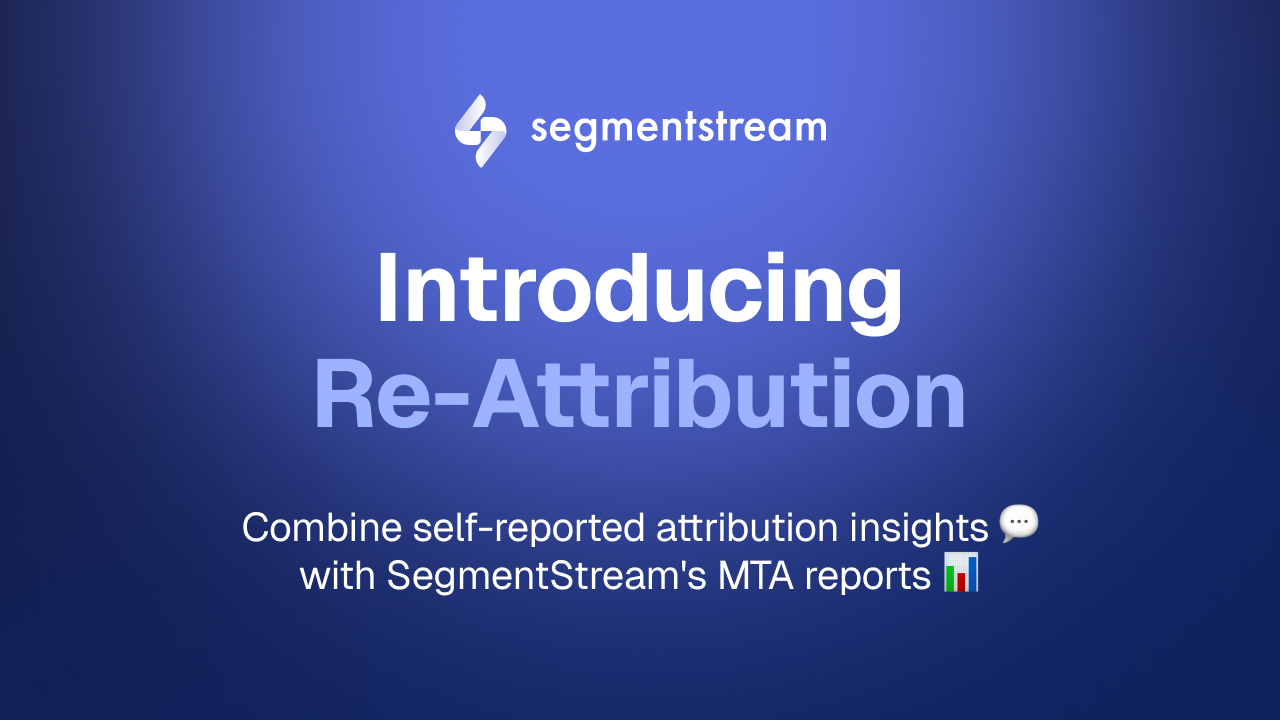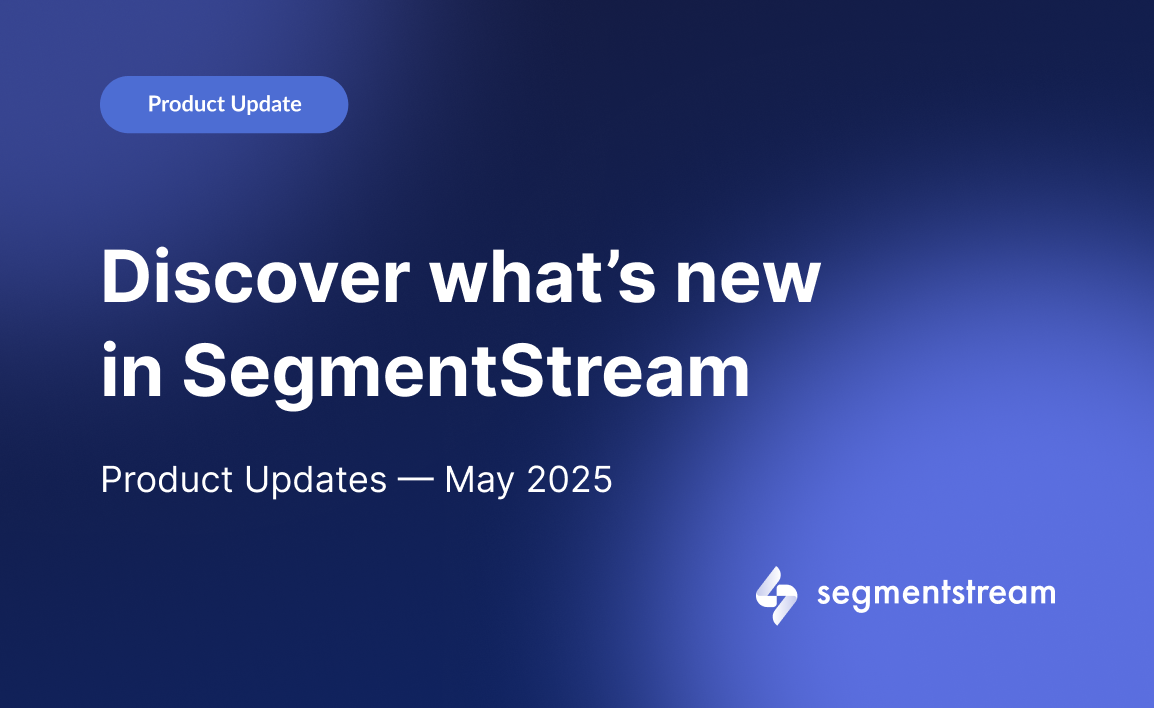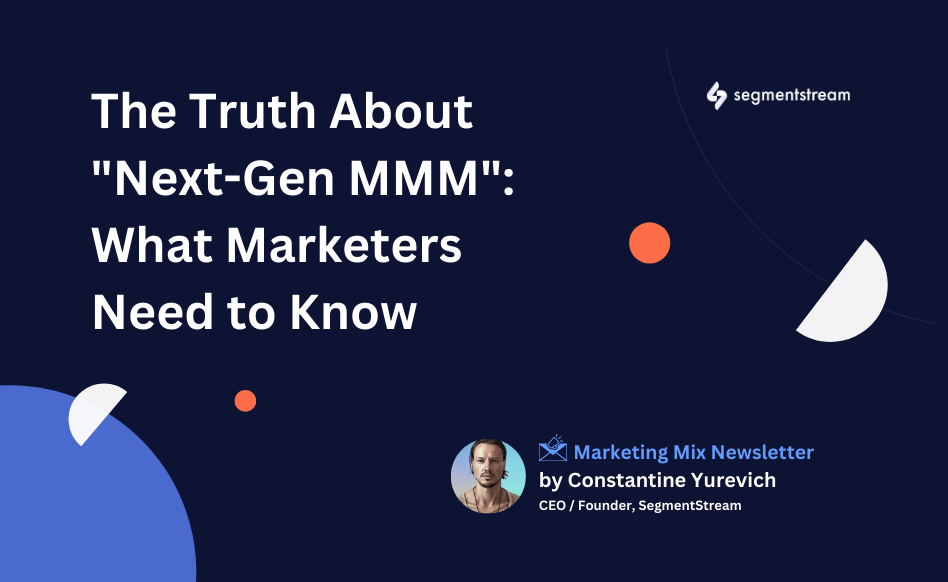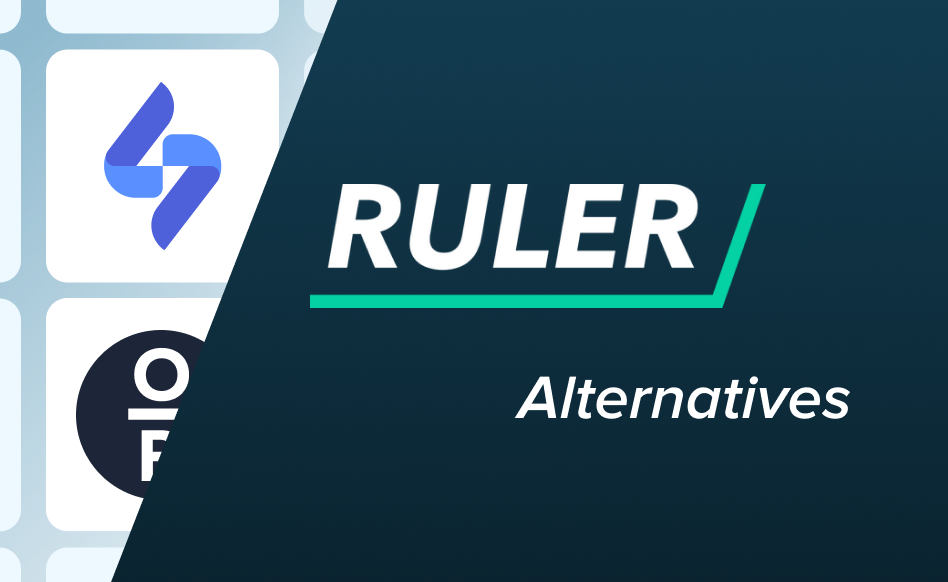
Top-5 Ruler Analytics Alternatives in 2025

Ruler Analytics is an attribution and marketing mix modelling software.
Ruler Analytics collects data on a first-party basis, recording marketing sources, page views, UTM variables, Click IDs, and Cookie IDs for each visitor. Post conversion, this data is matched to the user’s details and sent to the CRM, enriching sales data with attribution information. Upon the final conversion, the associated revenue data is fed back to Ruler and then ROAS is calculated.
Pricing starts at £349 for small businesses (under 50k monthly visitors).
Based on G2 reviews, customers appreciate Ruler Analytics for its precise attribution tracking, seamless integration options, and superior customer service. However, they express concerns over the platform’s slightly dated UI, reporting flexibility and the speed of the dashboard.
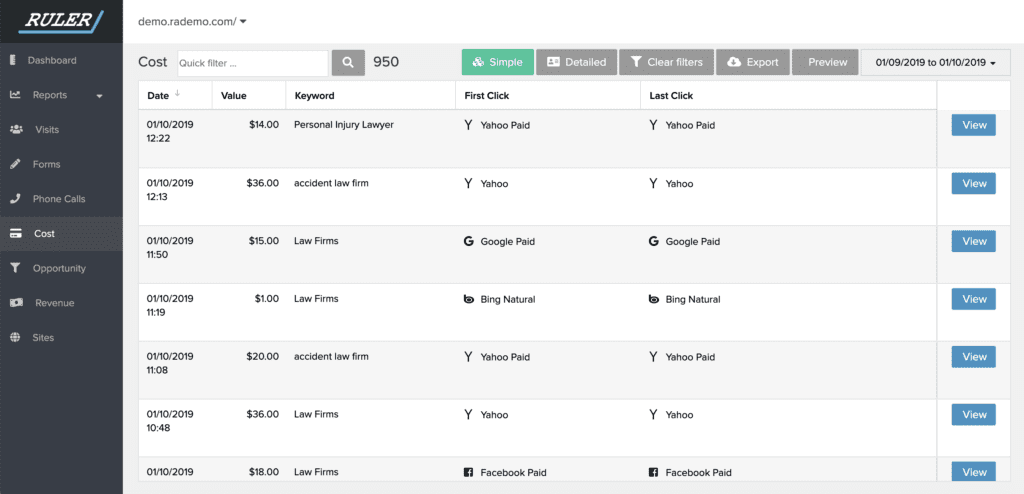
If you are exploring advanced analytics solutions, there are 5 other tools to look into.
1. SegmentStream
SegmentStream offers a beyond-cookie measurement approach.
Where traditional attribution tools struggle with GDPR, iOS 17, and ITP limitations, our proprietary ML model steps in.
Our approach is to recognise every touchpoint guiding users through the sales funnel, regardless of whether it directly leads to a conversion.
We don’t limit ourselves to just clicks: our post-view model ensures top-of-the-funnel efforts are credited accurately, even without a direct click.

The benefits of SegmentStream include:
- Precise evaluation of top-of-funnel campaigns such as Paid Social, Display, and Video.
- Cross-channel marketing dashboards with reliable & deduplicated data.
- See where conversions attributed to ‘Direct/None’ & ‘Brand Search’ are coming from.
Customers: L’Oréal, KitchenAid, AC Milan, Kaspersky.
2. Objective Platform
Objective platform adopts a holistic measurement approach, incorporating Multi-Touch Attribution (MTA) alongside Marketing Mix Modelling (MMM) and testing tools.
What is known about how Objective’s attribution works is that it evaluates each traffic source’s influence by measuring variations in conversion rates, considering the presence and absence of that source.
The platform determines conversion rates for each unique customer journey or ‘path’. It then compares this with similar paths from its dataset that lack a single touchpoint. For instance, if a path with a banner view shows a 12% conversion rate, but a similar path without the banner view only yields a 10% rate, Objective concludes that the banner view increases the conversion rate by 2%.
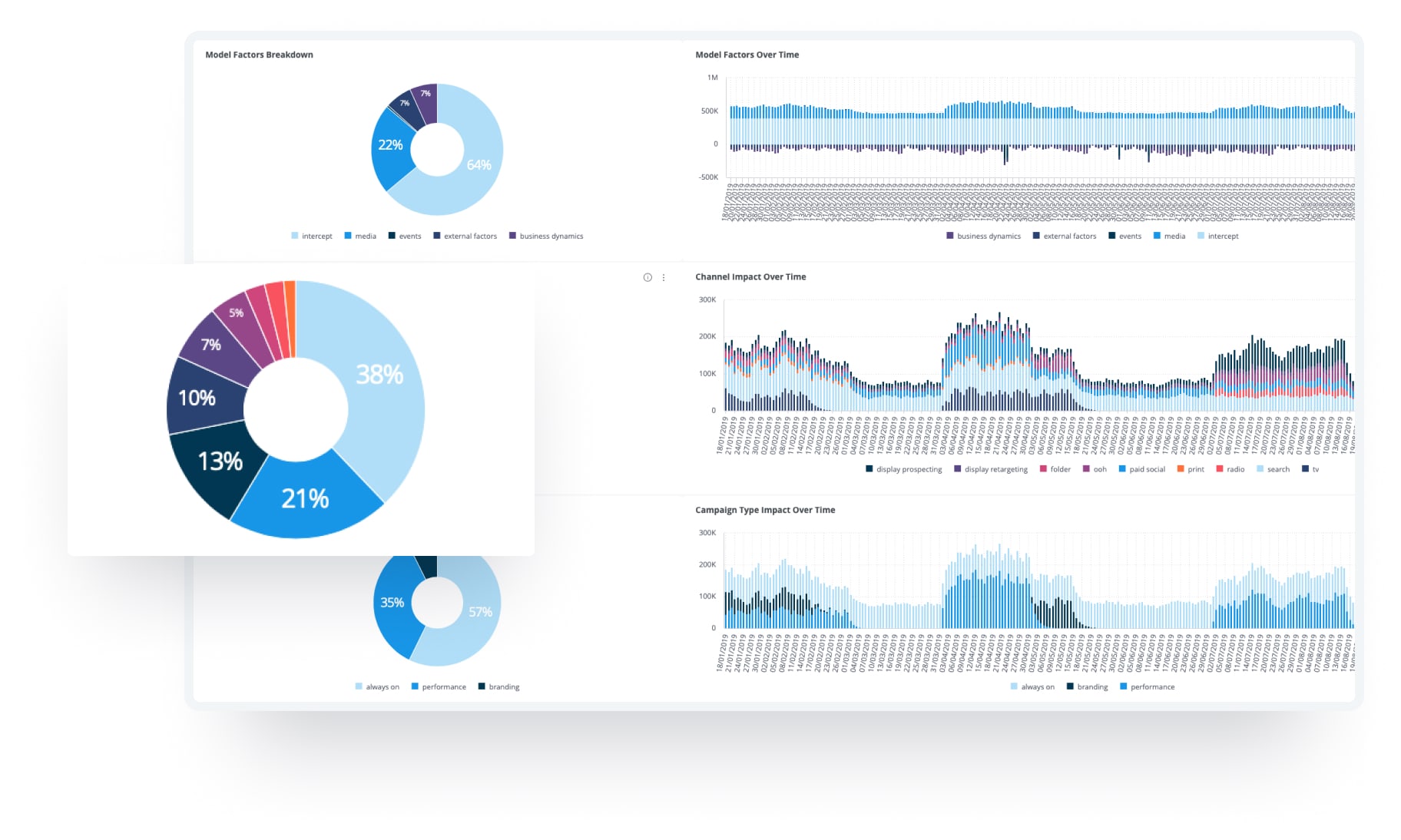
Pricing: custom.
Customers: Vodafone, American Express, Unive.
3. Attribution App
AttributionApp is another MTA software. It integrates both online and offline touchpoints and offers an array of features including cohort analysis, Return on Ad Spend (ROAS) measurement, and user journey exploration.
According to most recent G2 reviews, Attribution’s customers found the following pros and cons of the platform:
Advantages:
- Detailed tracking: Provides granular click tracking down to the campaign level, with time-stamped data.
- Customizable views: Offers customizable attribution views and the ability to dissect the data easily.
- Useful analytics: Allows analysis of customer acquisition cost by keywords, campaigns, and channels.
Disadvantages:
- UI performance: The user interface can be slow or time out when handling large datasets.
- Limited customization: Data and reports customization is limited and there’s no real-time tracking.
- Tracking limitations: The system struggles to track certain conversion events, such as off-site lead events.
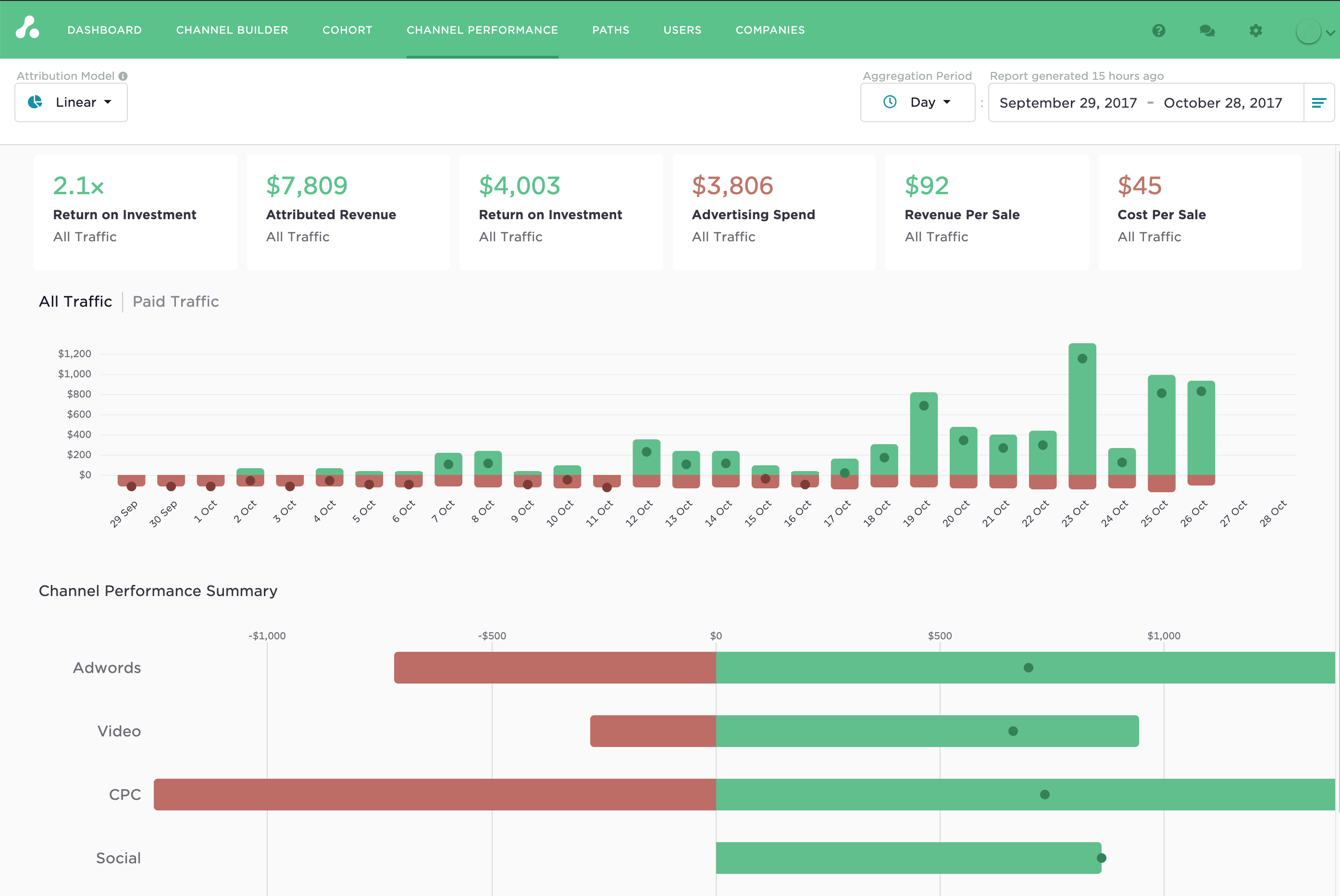
Pricing: custom.
Customers: Calendly, ClickUp, Sophos.
4. Metageni
Metageni provides custom attribution models and an econometric solution - MediaGeni that includes both impression data and offline impacts. Metageni’s approach is to tailor the attribution model specifically for each business.
Metageni’s models integrate impression data, applying additional modelling to statistically evaluate the influence of social, display, and video impressions on brand search, direct visits, and sales.
This is a machine learning-based approach but not a ‘black box’ one - Metageni offers clear insights into the attribution process and the individual customer journey leading to a sale.
However, the complex interface may require a dedicated analyst to get the best out of this tool.
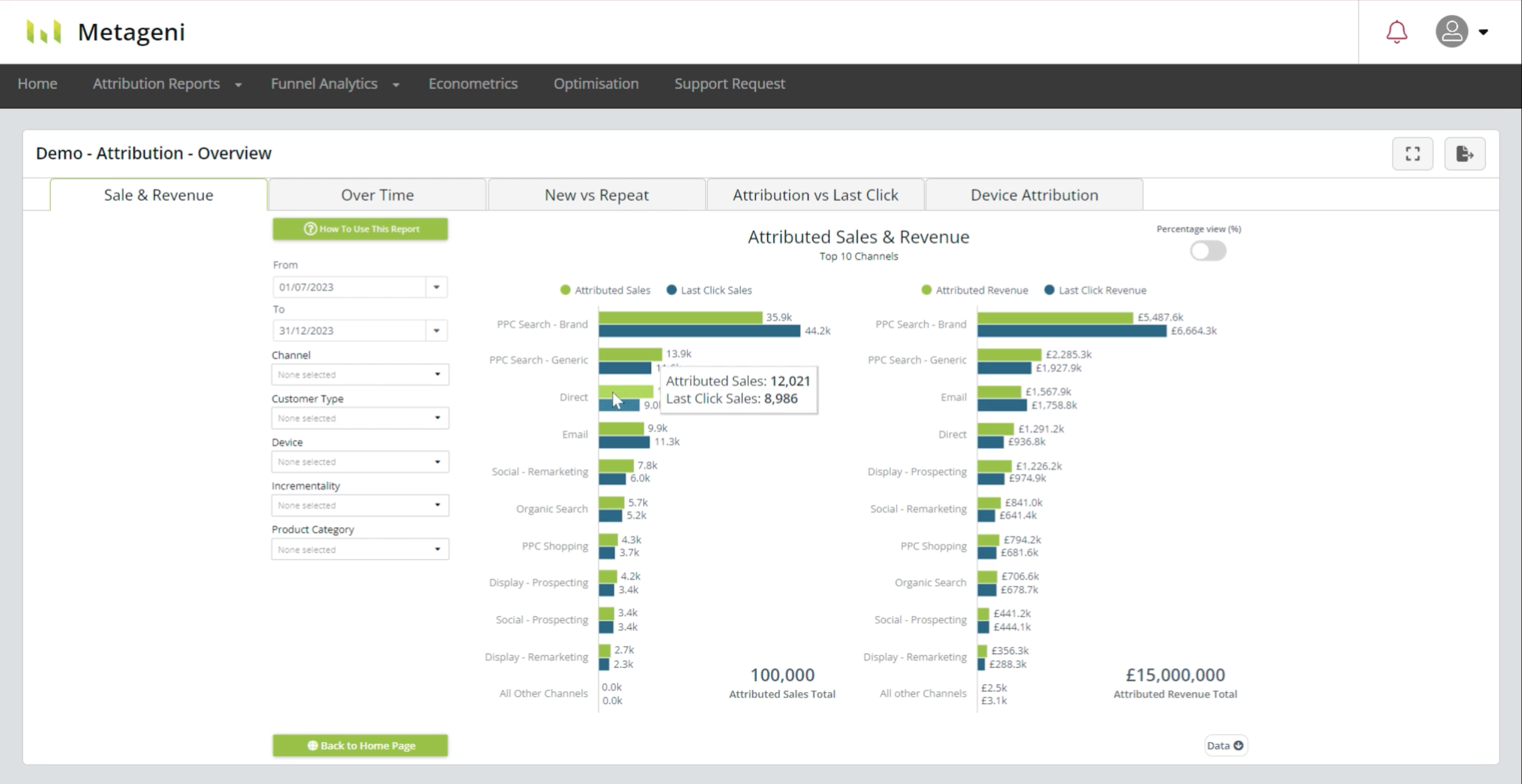
5. ScanmarQED
ScanmarQED provides tools for marketing measurement, including Marketing Mix Modeling (MMM) and Multi-Touch Attribution (MTA), with options ranging from fully managed to DIY. They also offer optimisation and brand & consumer insights solutions.
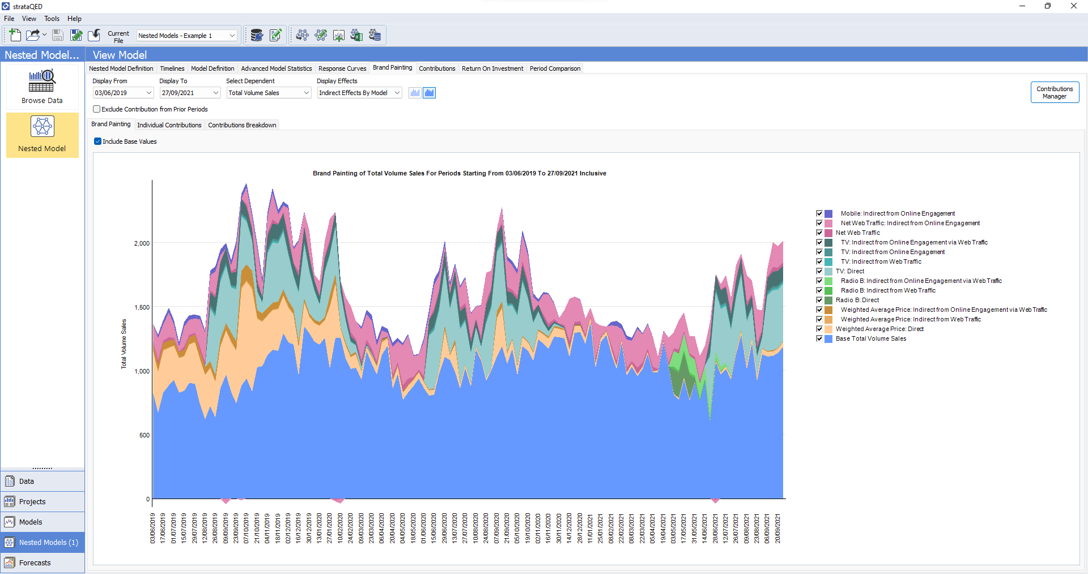
Their attribution brand, ROIVENUE, uses a ‘Synthetic Touch’ or ‘Synthetic Impressions’ concept. By aggregating conversion data and using time stamps from sources like Google Analytics and Facebook, they build an attribution model, reflecting an integration of various touchpoints. The pricing for attribution starts at $499/month.
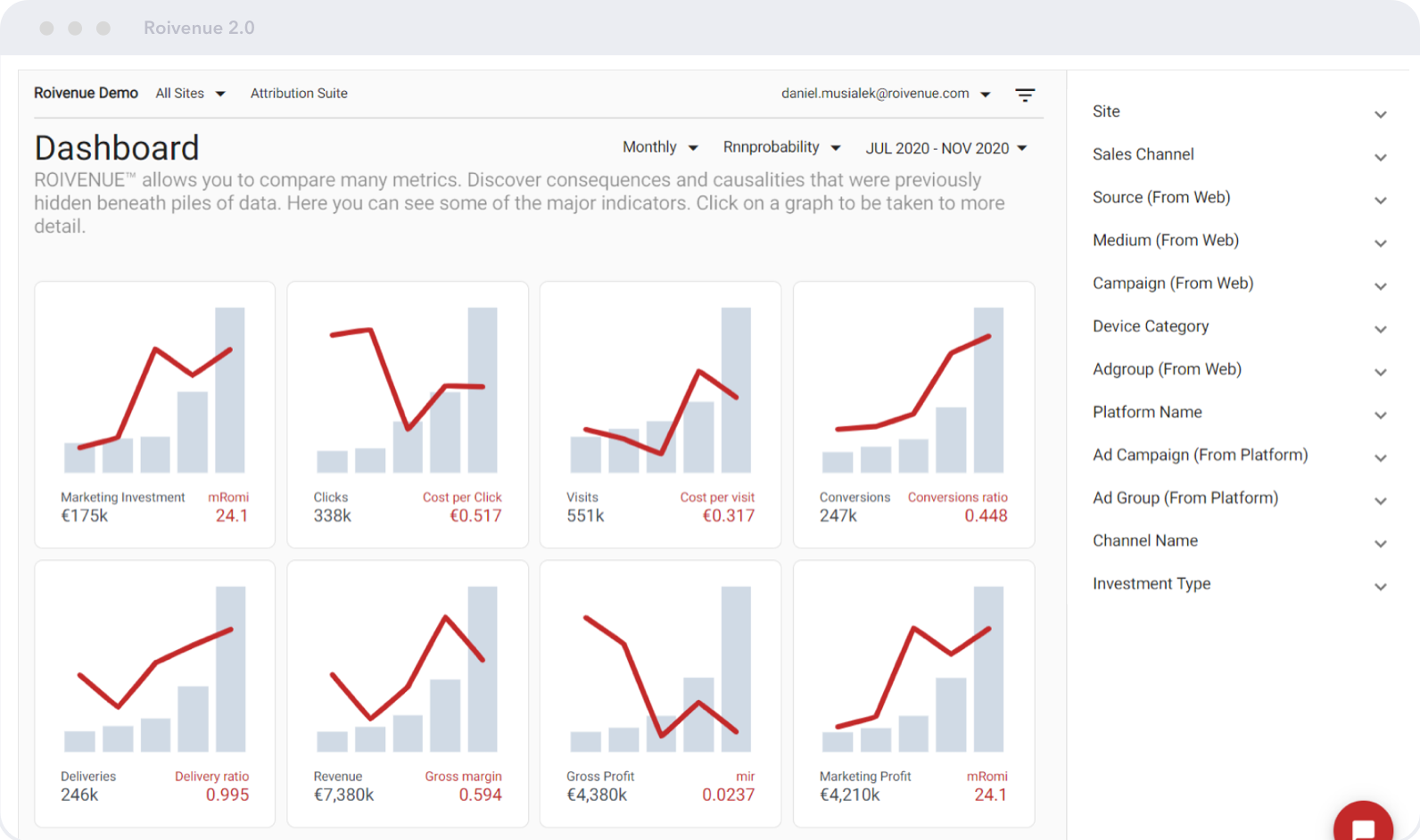
Optimal marketing
Achieve the most optimal marketing mix with SegmentStream
Talk to expert